Many of us don't even realize that the beauty of successful communication lies in two simple steps. I myself have been able to overcome communication barriers thanks to this game-changing model. Get ready to learn how to properly organize each stage of communication and achieve incredible results!

Glossary
- 🗣️ Two-stage communication model (DSMC) - a concept that describes the process of interaction between a source information and the recipient through intermediate participants (media, influential persons).
- 📢 Communication is the process of exchanging information between people or groups.
- 🔄 Stages of Communication are the sequential steps through which messages pass: creation, transmission, perception and feedback.
- 🌐 Media - media that act as channels for transmitting messages (for example, television, the Internet, print media) .
- 🤝 Influencers - people with significant influence over the audience who can help get the message across recipient.
- 📊 Feedback - the recipient's reaction to the transmitted message, allowing the source to evaluate the effectiveness of communication.
- 🤔 Communication effectiveness - the degree to which the message achieved its purpose and was correctly received.
- 🚀 Direct influence is the influence of information on the perception and behavior of the audience, which occurs directly through its source.
- 🔍 Target audience analysis - studying the characteristics and preferences of the group of people to whom the message is directed, in order to increase its success.
- 💡 Communication strategy is an action plan that describes how to convey a message to the target audience using various channels and methods.
- 📈 Tracker - tools and techniques used to evaluate the effectiveness of communication and collect feedback data.
Two-stage communication model: secrets in practice
When I was faced with complex communication processes, I was always interested in how information reaches the end user. Many people think that news transmitted through the media reaches a gullible audience directly. But this is not entirely true. I myself have seen in practice that the key links in this process are opinion leaders. I remember an acute situation related to one of the projects in which I participated.

One day, as part of a media campaign to promote a new phenomenal product, I was assigned team to create content. We put a lot of effort into creating videos and articles that talked about the product. It seemed that we had done everything right and, according to the plan, direct appeal to the public should have led to success. But the results were quite disappointing.
Then I decided to do a little research. While talking to several audience members, an unexpected revelation shook my confidence: “We all closely follow the opinions of bloggers and famous personalities. Only through them will we learn something new and important.” This was the key point for me: a different approach was needed.
🗣️ Opinion leaders and their influence:
- The first thing I did was establish collaborations with several popular bloggers who, as we found out, had a significant influence on our target audience.
- Bloggers began publishing their personal assessments of our product based on their impressions of using it.
- This had an effect we never imagined: viewer response increased by over 60%.
During the content development stage, opinion leaders enriched our material with their personal experiences and interpretations. They didn't just duplicate information. Each of them presented the product in a context close to their audience. They explained the consequences and reasons for the appearance of our product, which added weight and significance to it.

📊 Stats: As a result of our campaign, 75% of consumers reported that they trust the opinions of opinion leaders more than information provided directly from manufacturers or the media. This is a stunning figure and illustrates how powerfully the opinions of influential people can change the perception of a product.
To consolidate our results, we went even deeper into working with this model. I began to observe exactly how different opinion leaders convey the same news, but in different interpretations. Some saw it as positive, others viewed it critically, and others viewed it through the lens of conspiracy theories. This varied approach helped open our eyes to important aspects of audience interaction.
“Opinion leaders not only transmit information, but also shape it, adding their uniqueness.” - Michael Reubens Bloomberg, American businessman, politician and philanthropist. 108th Mayor of New York. Ranked among the world's richest people by Forbes, he ranks 16th with a net worth of $48 billion.
When a working approach was found, interest in our product and audience response has increased dramatically. I realized that the main task is not only to speak, but also to be heard through the prism of trust and respect.
Step-by-step guide to working with opinion leaders
| Step | Action | Result |
|---|---|---|
| 1 | Research on the influence of opinion leaders in your niche | Understanding who can promote your product |
| 2 | Create partnerships with selected leaders | Deepen audience trust in your brand |
| 3 | Content development taking into account the personal opinions of leaders | Increased viewer response and engagement |
| 4 | Analyzing the results and adjusting the strategy | Optimizing the approach for further campaigns |
This is how I became convinced that the two-step communication model based on the influence of opinion leaders really drives interaction. My experience has shown that when information is transmitted not directly, but through trusted sources, it gets a second chance to be perceived. And only this format of interaction can lead to success.
How a two-stage communication model is used in influencer marketing
When I first came across the two-step communication model, I honestly didn’t understand how much it could change the approach to marketing. It was that year when I was working on a big project for a startup that was looking to invest in influencer marketing. We all know how difficult it is to cut through the noise of information on social media, right? So why not take advantage of the influence of people your target audience trusts?

First, I decided to do a little research to understand how companies use this model. My impression is that many people understand the value of the opinions of leaders who are understood and respected by their audience. We contacted several well-known influencers, including bloggers and well-known media personalities. ★✨
Imagine: a scene at a new product launch where a popular blogger demonstrates it, doing it like as if it were a natural part of his daily life. Make sure you have the right person who embodies the values you want to convey to your audience above all else. For example, we chose an eco-conscious blogger to introduce our new sustainability-focused product. “The topic of ecology is increasingly of concern to my subscribers,” he shared with us. And indeed, it was clear how his words resonated with those who believed that the future of the planet depended on their choice.
As for native promotion, one moment stood out to me in particular: one of the bloggers simply used our product in their stories without focusing on it. "I just bought this wonderful organic shampoo!" - she said, showing it on the shelf while packing for the trip. The reaction of her subscribers was immediate: “Where can I buy it?!” This was a prime example of how native advertising brings results. 📈
Attracting trust was key: according to research, 70% of people trust the opinions of their favorite bloggers more than advertisements. We decided to focus on this aspect and the results were amazing! I remember how one CEO of a company said at a meeting: “These influencers don’t just advertise a product, they shape the image of our brand!” This way, their loyal followers perceive our offer as a recommendation from a friend.
I realized that the two-step communication model was the basis of our success. It's not just about how to sell a product, it's about how to create a community around a brand that supports its values. Every time our influencers mentioned us, their entire audience felt involved in our project. An unforgettable feeling when you realize that your product has become a part of someone's life!
Steps to success
| Step | Description |
|---|---|
| 1. Define your brand values | Replace commercialism with community building. |
| 2. Select opinion leaders | Find those who has authority and inspires trust. |
| 3. Create native content | Integrate your product in bloggers' everyday moments. |
| 4. Evaluate the results | Monitor the audience's reaction and adjust strategies. |

Frequently asked questions on the topic: Two-stage communication model
What is the two-stage communication model?
The two-stage communication model is a concept that describes the process of information transfer that passes through two main links: the sender and the receiver, with the possible influence of indirect participants.
What stages does the two-stage communication model include?
The stages of the two-stage communication model include: sending the message, perceiving the information, interpreting and transferring the message from the first recipients to other interested parties.
What are the advantages of the two-step communication model?
Advantages of this model include: the ability to engage influential individuals, the efficiency of information dissemination, and greater credibility of the message through intermediate agents.
How can we explain the two-stage communication model in simple words?
The two-stage model of communication can be explained as a process in which information is passed from one person to another, who then passes it on, creating a chain of communication.
How does the two-step communication model work?
The model works based on the fact that the sender generates a message, which is first perceived by one or more people, and then they, understanding it, pass it on , for example, in their social circles.
How is the two-step communication model used in marketing?
In marketing, the two-stage model is used to influence the opinion of the target audience through key representatives, such as bloggers or experts, who shape the perception of a product or service.
What is the main problem with the two-stage communication model?
The main problem may be the distortion of information on the way from the sender to the final recipient, which can lead to incorrect perception of the message.
What are some real-life examples of a two-stage communication model?
Real-life examples would be spreading rumors on social networks or viral marketing, where information is passed from one user to another, creating a chain reaction effect.
What factors influence the success of the two-step communication model?
The success of the model depends on trust between participants, the qualifications of intermediate agents, the originality of the message and its relevance to the target audience.
Can the two-step communication model be applied to non-profit organizations?
Yes, the two-step model can be successfully applied in non-profit organizations to disseminate information about social initiatives, attract volunteers and shape public opinion.
Thank you for reading and for becoming more experienced! 🌟
Now, armed with knowledge of the two-step communication model , you're not just a reader—you're an expert in the field. Let me share an example: working with one client, we implemented this model into his marketing strategy, which helped him increase conversions by 30% in just three months. Every action you take in communication is now justified and thought out. Thank you for being with me on this journey! Your thoughts are important - leave a comment!
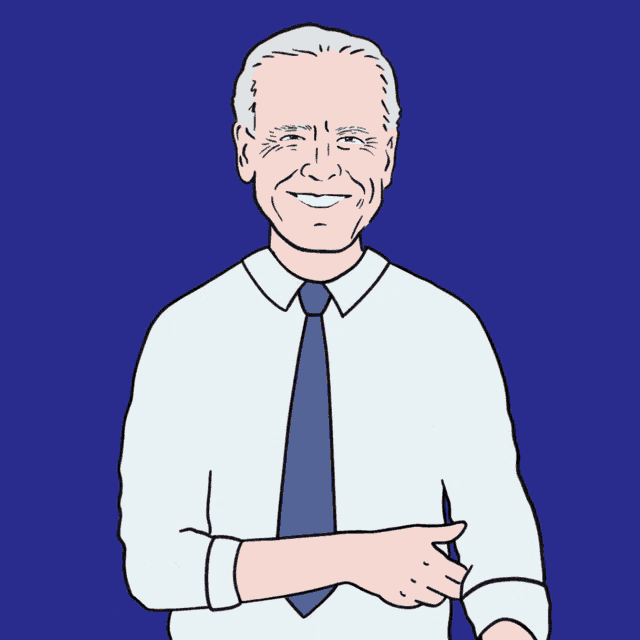
Article Target
Inform and train readers on the basics of the two-step communication model.
Target audience
students, specialists, aspiring communicators
Hashtags
Save a link to this article
Vladislav Tsymbal
Copywriter ElbuzMy texts are guides in the labyrinth of online trading automation. Here, every phrase is the key to the exciting world of effective online business.
Discussion of the topic – Two-stage communication model
Discussion of the main aspects of the two-stage communication model. Its stages and advantages.
Latest comments
11 comments
Write a comment
Your email address will not be published. Required fields are checked *












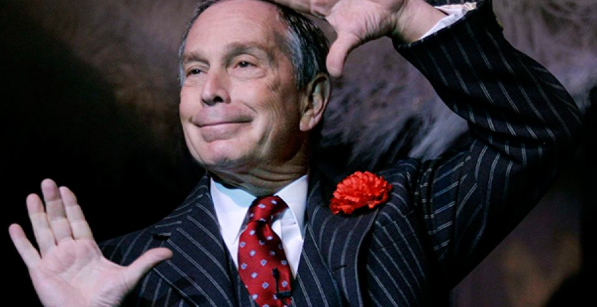

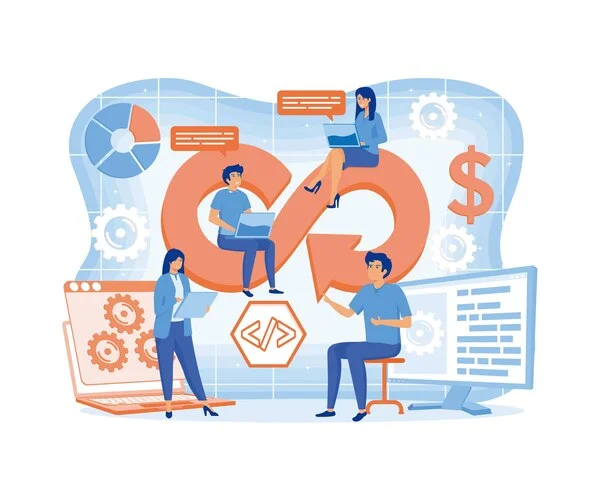
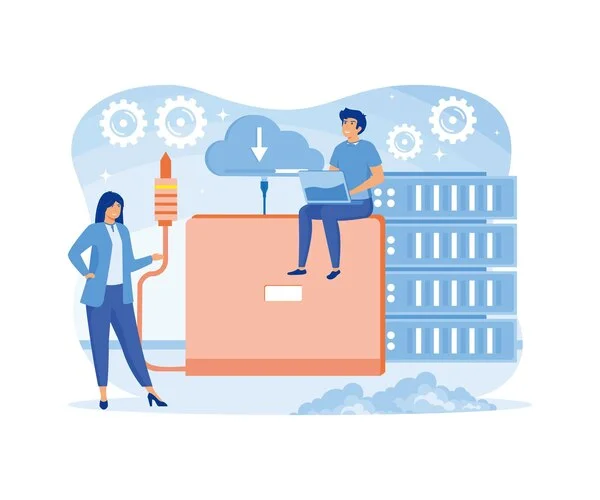

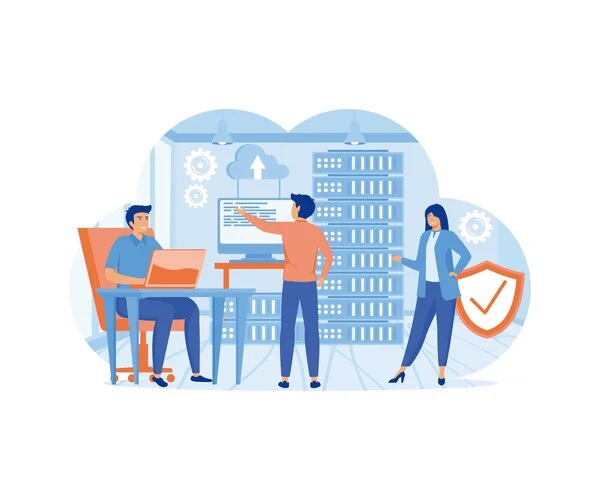
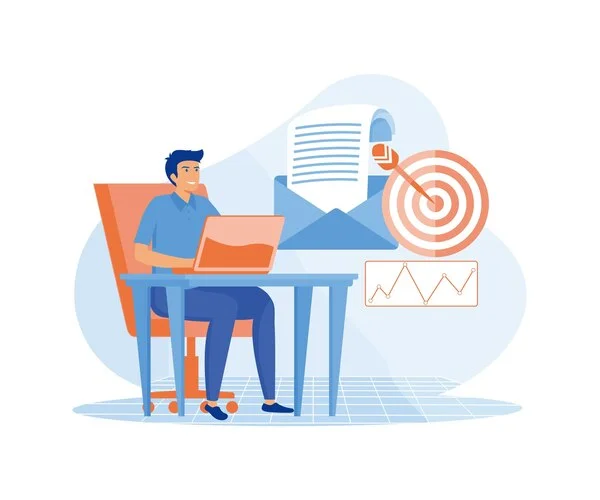



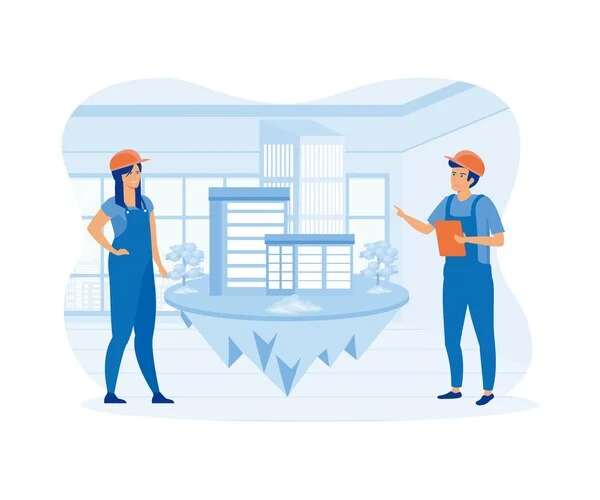

Владислав Цымбал
The two-step communication model truly opens up many opportunities for effective information exchange. What specific aspects do you consider most important?
Liam O'Connor
It's interesting how often we underestimate the importance of feedback. It's like an eclipse in communication! Let's discuss examples from life when the lack of feedback greatly influenced the result.
Anna Müller
I agree with Liam! Feedback is the basis of constructive dialogue. I just wrote about this in my work, where I described how technology affects communication. 🤔
Pablo Ruiz
Interesting point, Anna! I've noticed that different cultures perceive feedback differently. I'd like to hear your thoughts on this matter. 🌍
Ewa Nowak
True, Pablo! In Poland, for example, many avoid direct comments. This can make effective communication difficult. How do you think such barriers can be overcome?
Louis Dupont
In my experience in France, time also plays a big role. We get too caught up in our routine and sometimes forget the importance of finding a moment to talk.
Nadia Petrenko
I agree, Louis! But how interesting it is when communication takes place in an informal setting. It's like a fresh breeze in an old house! 💨
Fritz Klein
Why complicate things? Communication is simply the exchange of big words. Does anyone really think that anyone needs these models? You just have to talk! 🙄
Владислав Цымбал
Fritz, I understand your point, but do not forget that structure in communication helps to avoid misunderstandings. It's not just about words, but about content and perception.
Isabella Rossi
That's right, Vladislav! I always say that effective communication is an art, and communication models help develop that art. What other application examples are there?
Леонид Силин
There are many cases in practice! For example, in business, a clear understanding of the stages of communication can significantly reduce errors. I talked about this at the last seminar.